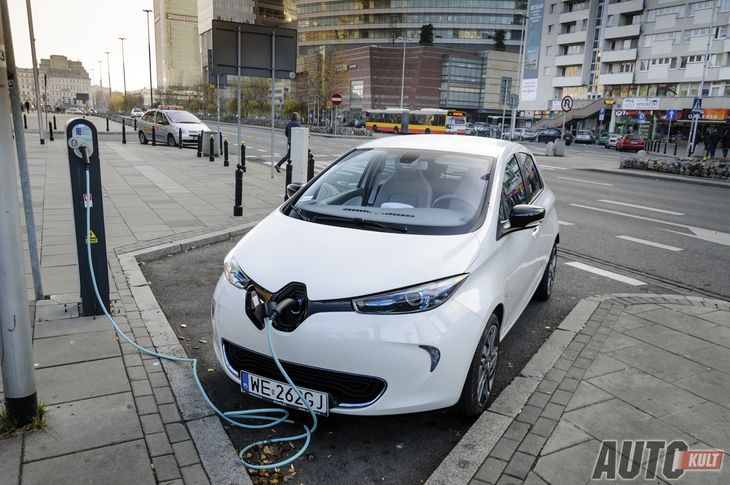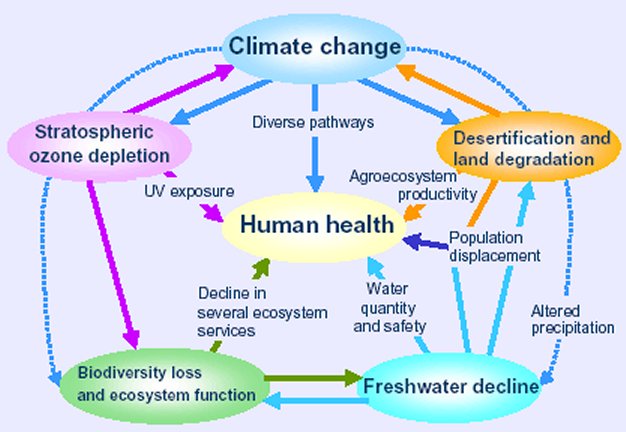- Plastics consist of long chains of atoms which are mostly composed of carbon.
- Plastics can be classified into natural and synthetic plastics.
- The process of manufacturing plastics is called polymerisation.
- Plastic materials are resistant, insulating (aganist electricity, heat and sound), ductile, malleable, impermeable and light.
- Threre are three types of plastic recycling processes: chemical and mechanical recycling and energy recovery.
- Thermoplastics are usually made from petroleum products. The most common thermoplastics are:
- High-density polythylene.
- Polyvinyl chloride (PVC).
- Low-density polyethylene.
- Polypropylene.
- Moulded polystyrene.
- Expanded polystyrene or Styrofoam.
- Thermosetting plastics are made from petroleum products. They include:
- Polyurethane
- Bakelite
- Melamine
- Polyester resins
- Typical elastomers incluide rubber and neoprene.
- Various industrial techniques can be used to manufacture plastic products, such as: extrusion, calendering, vacuum forming and moulding.
- The main techniques for using moulds are as follows: blow moulding, injection moulding and compression moulding
- Modification techniques use tools and machines to make changes to prefabricated materials, such as sheets, bars or moulding.
- Both natural and synthetic fibres can be woven to make a variety of textiles.
- Natural fibres may come from animal sources (wool, silk), plant sources (cotton, linen, esparto, bamboo) and mineral sources (gold, silver and copper fibres)
- Synthetic fibres, such as nylon, polyester, rayon and Lycra, are plastic materials.












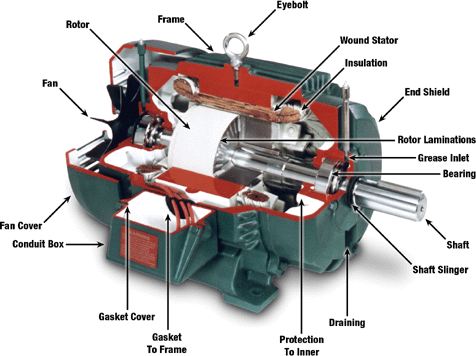
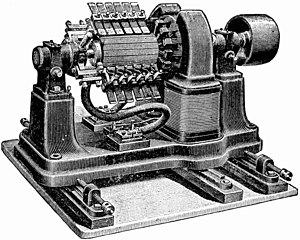







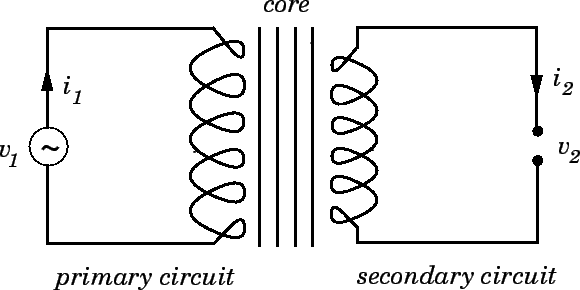


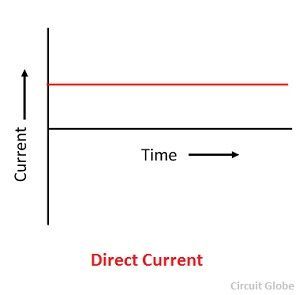 .
.















